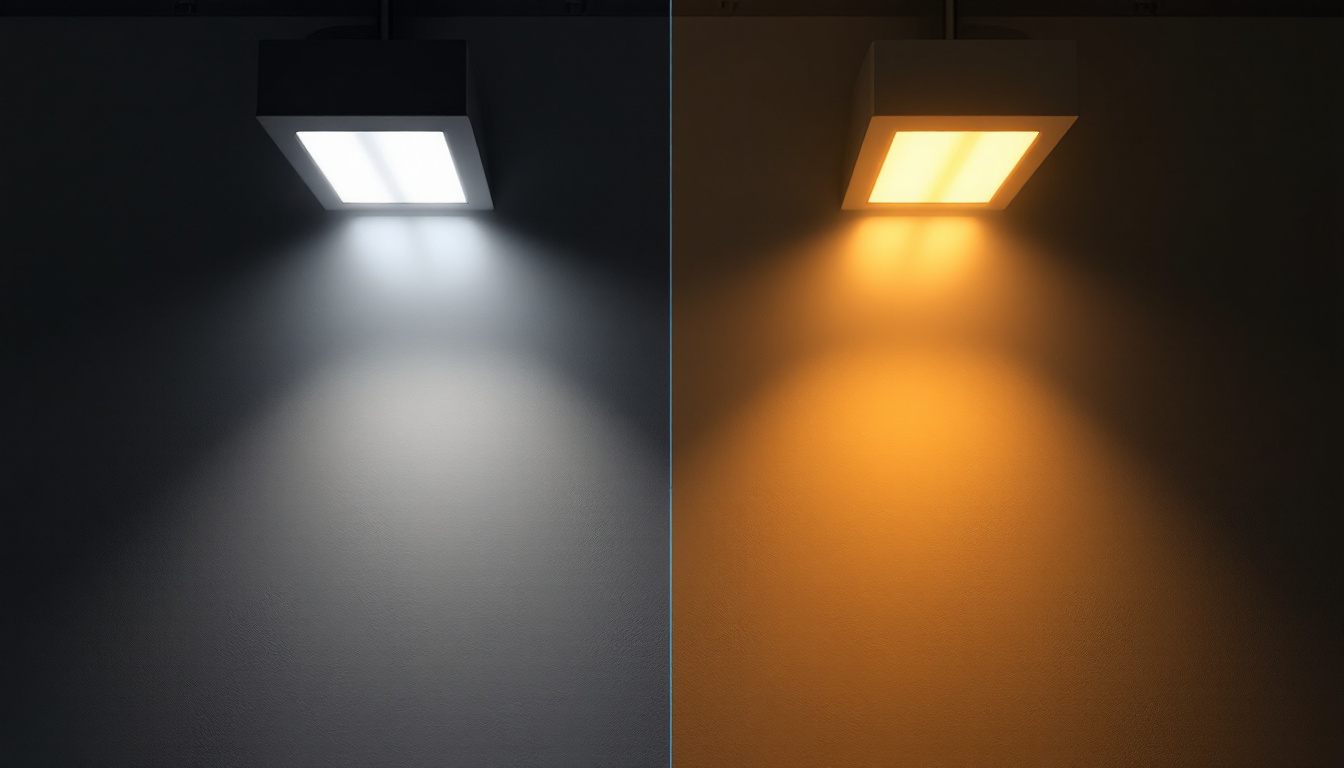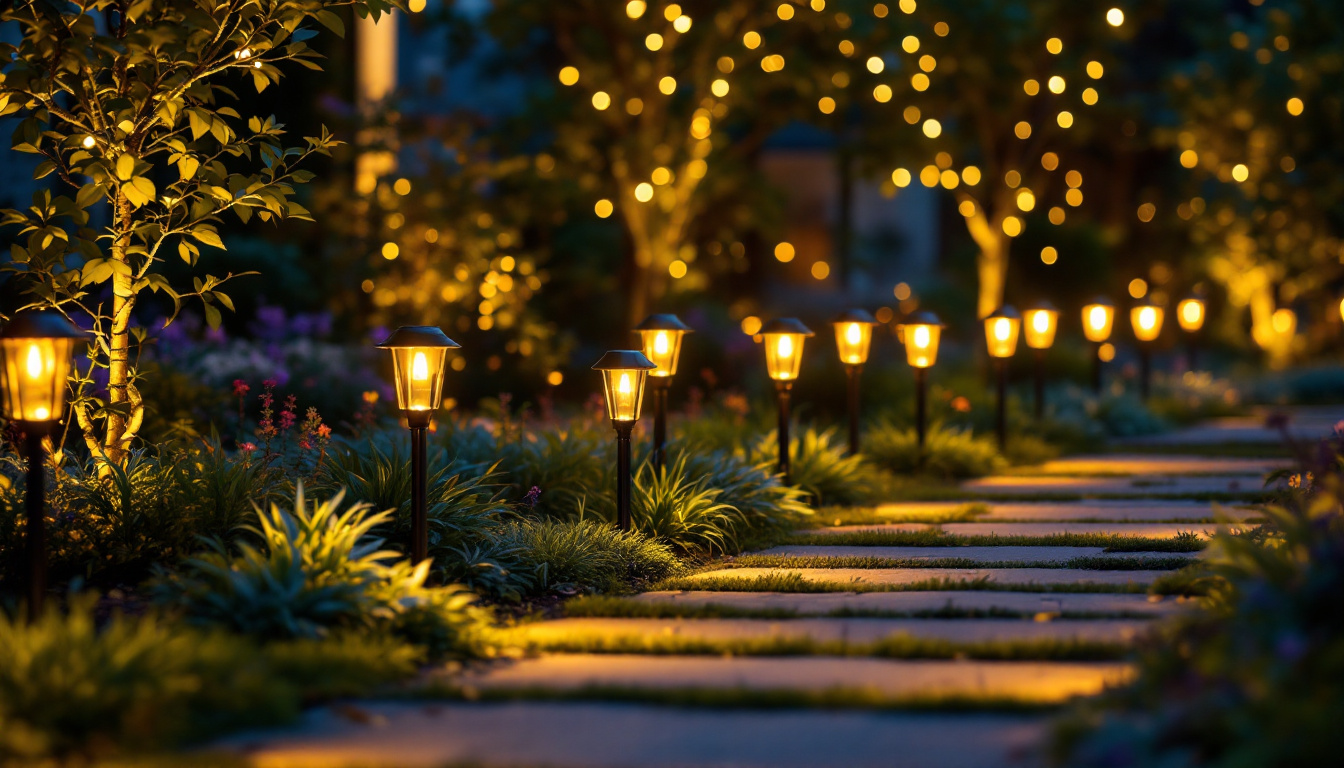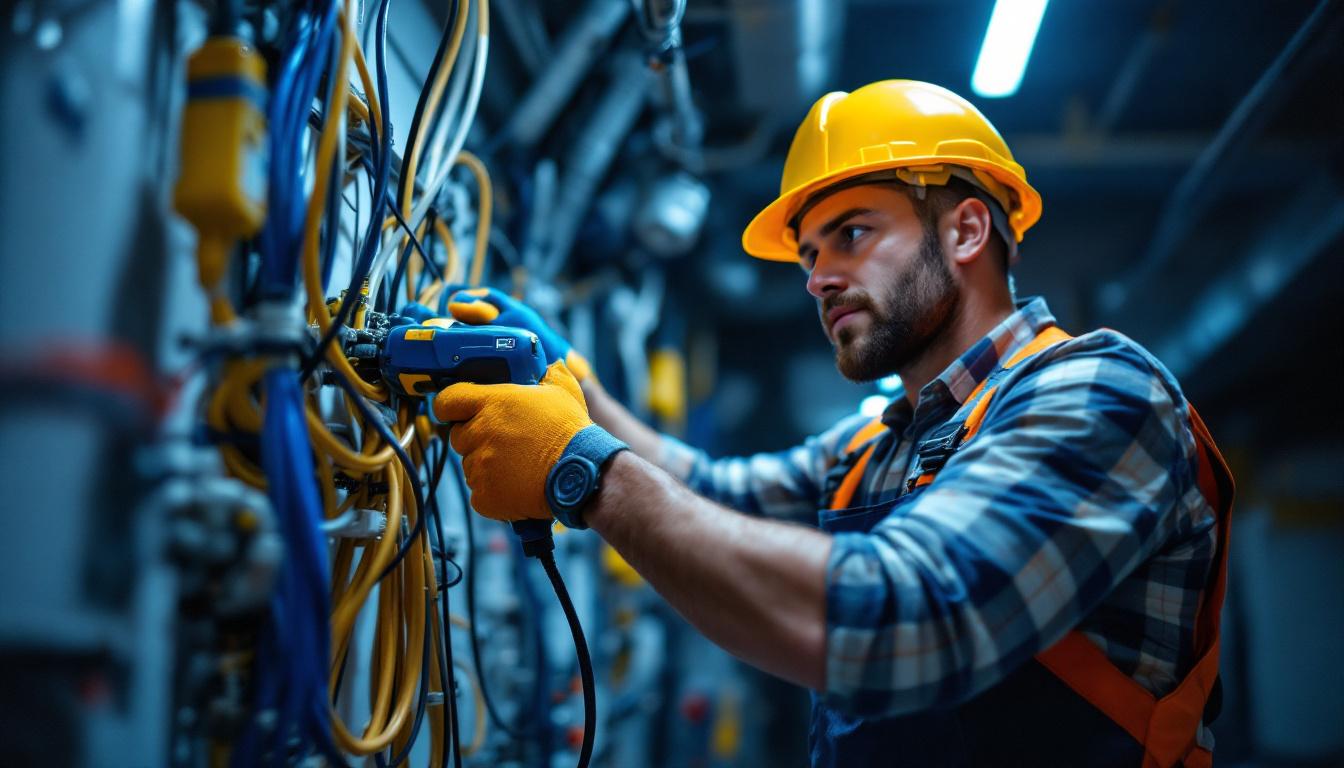
In the ever-evolving world of lighting technology, the transition from fluorescent lights to LED (Light Emitting Diode) systems has become a focal point for contractors and businesses alike. This shift is not merely a trend; it represents a significant advancement in energy efficiency, longevity, and overall performance. Understanding the intricacies of this transition is essential for lighting contractors looking to provide the best solutions for their clients.
LED lighting utilizes a semiconductor to convert electricity into light. Unlike traditional incandescent or fluorescent bulbs, which rely on gas or filaments, LEDs produce light through electroluminescence. This fundamental difference leads to numerous advantages, including lower energy consumption and extended lifespan.
Additionally, LEDs are available in a variety of colors and can be easily dimmed, making them versatile for various applications. Their compact size allows for innovative designs and installations, further enhancing their appeal in modern lighting projects. For instance, LEDs can be integrated into architectural features, accentuating the beauty of spaces without overwhelming them. This adaptability is particularly beneficial in residential settings, where homeowners often seek personalized lighting solutions that reflect their style and enhance their living environments.
Transitioning from fluorescent to LED lighting offers several compelling benefits. First and foremost, LEDs are significantly more energy-efficient, consuming up to 75% less energy than traditional fluorescent bulbs. This efficiency translates into lower utility bills for clients and a reduced carbon footprint.
Moreover, LEDs boast a much longer lifespan, often lasting up to 25,000 hours or more, compared to the 7,000 to 15,000 hours typical of fluorescent lights. This longevity means fewer replacements and lower maintenance costs, making LEDs a more cost-effective choice in the long run. Additionally, the durability of LEDs makes them less prone to breakage, which is particularly advantageous in high-traffic areas or outdoor settings where lighting fixtures are exposed to the elements. This resilience not only ensures consistent performance but also enhances safety by minimizing the risks associated with malfunctioning lights.
From an environmental perspective, the shift to LED lighting is a positive development. LEDs do not contain hazardous materials such as mercury, which is commonly found in fluorescent tubes. This characteristic not only simplifies disposal but also reduces the risk of environmental contamination.
Furthermore, the energy savings associated with LEDs contribute to a decrease in greenhouse gas emissions, aligning with global efforts to combat climate change. For contractors, promoting LED solutions can enhance their reputation as environmentally responsible professionals. The use of LEDs can also support sustainability certifications for buildings, making them an attractive option for developers and architects aiming to meet green building standards. As awareness of environmental issues continues to grow, the demand for sustainable lighting solutions like LEDs is expected to rise, creating new opportunities for innovation and growth in the lighting industry.
One of the primary concerns when replacing fluorescent lights with LEDs is compatibility. Not all LED bulbs are designed to work with existing fluorescent fixtures. It is crucial to assess whether the current fixtures can accommodate LED retrofits or if new fixtures are necessary.
In some cases, contractors may need to replace the ballast in fluorescent fixtures to ensure proper functionality with LED bulbs. It is advisable to consult the manufacturer’s specifications to determine the best approach for each project.
LEDs come in a range of color temperatures, measured in Kelvin (K). Understanding the desired ambiance for a space is essential when selecting the appropriate color temperature. For instance, warmer tones (2700K-3000K) are ideal for residential settings, while cooler tones (4000K-5000K) may be more suitable for commercial environments.
Brightness is another critical factor. LED brightness is measured in lumens, and it is important to match the lumen output of the new LED bulbs with the existing fluorescent lighting to maintain adequate illumination levels. Contractors should conduct a lighting analysis to ensure the new system meets the needs of the space.
While the initial investment in LED lighting may be higher than fluorescent options, the long-term savings are substantial. The energy efficiency of LEDs means that clients will see a noticeable reduction in their electricity bills. Additionally, the extended lifespan of LEDs reduces the frequency of replacements, further contributing to cost savings over time.
Contractors should provide clients with a detailed cost-benefit analysis that outlines potential savings on energy and maintenance, helping them make informed decisions about their lighting upgrades.
The first step in the installation process is to assess the existing fixtures. This involves checking the compatibility of the fixtures with LED technology and determining if any modifications are necessary, such as changing ballasts or replacing entire fixtures.
Contractors should also evaluate the overall condition of the fixtures and wiring to ensure safety and efficiency in the new lighting setup. Conducting a thorough assessment will help avoid potential issues during installation.
Once the assessment is complete, the next step is selecting the appropriate LED products. This involves considering factors such as wattage, lumen output, color temperature, and fixture type. Contractors should work closely with suppliers to ensure they are sourcing high-quality, reliable LED products that meet the project’s requirements.
It is also beneficial to stay updated on the latest advancements in LED technology, as new products and innovations are continuously emerging in the market.
With the right products in hand, contractors can proceed with the installation. This typically involves removing the existing fluorescent bulbs and fixtures, making any necessary modifications, and installing the new LED components. Proper installation is critical to ensure optimal performance and longevity of the LED system.
After installation, thorough testing should be conducted to verify that the new lighting system operates as intended. This includes checking for proper brightness, color temperature, and overall functionality. Addressing any issues at this stage will help ensure client satisfaction and prevent future complications.
One of the significant advantages of LED lighting is its low maintenance requirements. However, routine maintenance practices should still be implemented to ensure optimal performance. This includes regular cleaning of fixtures to remove dust and debris that can impact light output.
Contractors should educate clients on the importance of maintaining their LED systems, including checking for any flickering or dimming, which may indicate a need for replacement or repair. Establishing a maintenance schedule can help prolong the lifespan of the lighting system.
In addition to routine maintenance, monitoring the performance of LED lighting is essential. This can involve tracking energy consumption and comparing it to previous fluorescent lighting usage. Such metrics can provide valuable insights into the effectiveness of the LED upgrade and highlight any areas for improvement.
Contractors can offer clients performance monitoring solutions, allowing them to stay informed about their lighting systems and make adjustments as needed.
As technology continues to advance, the integration of smart systems into LED lighting is becoming increasingly popular. smart LED systems allow for remote control, scheduling, and even automation based on occupancy or time of day.
Contractors should consider offering smart LED solutions to clients looking for enhanced control over their lighting systems. These upgrades can improve energy efficiency further and provide added convenience, making them an attractive option for modern spaces.
While the initial investment in LED lighting may be higher than fluorescent options, it is crucial to communicate the long-term savings to clients. The reduced energy consumption and extended lifespan of LEDs contribute to significant cost savings over time, making them a financially sound choice.
Contractors should provide a clear breakdown of costs and savings, helping clients understand the return on investment associated with switching to LED lighting. This transparency can facilitate decision-making and encourage clients to embrace the upgrade.
Many regions offer rebates and incentives for businesses and homeowners who upgrade to energy-efficient lighting systems. Contractors should stay informed about local programs that can help clients offset the initial costs of LED installations.
By assisting clients in navigating these financial incentives, contractors can enhance their value proposition and make the transition to LED lighting even more appealing.
For clients concerned about the upfront costs, offering financing options can be an effective solution. Many financial institutions provide loans or payment plans specifically for energy-efficient upgrades, allowing clients to spread the cost over time.
Contractors should be prepared to discuss financing options with clients, highlighting the potential for energy savings to cover the monthly payments. This approach can make LED lighting upgrades more accessible and attractive to a broader range of clients.
The transition from fluorescent to LED lighting is not just a trend; it represents a fundamental shift in how lighting systems are designed, installed, and maintained. For lighting contractors, understanding the benefits, installation processes, and maintenance requirements of LED technology is essential for providing clients with the best possible solutions.
By embracing LED technology, contractors can enhance their reputation, reduce environmental impact, and contribute to the overall efficiency of lighting systems. As the demand for energy-efficient solutions continues to grow, staying informed and adaptable will be key to success in the lighting industry.
Ultimately, replacing fluorescent lights with LEDs is a smart investment for both contractors and clients. By prioritizing quality, efficiency, and sustainability, the lighting industry can illuminate a brighter future for all.
Ready to make the switch to LED and revolutionize your lighting solutions? LumenWholesale is here to support your journey towards a brighter, more sustainable future. With our commitment to providing contractors with spec-grade lighting products at unbeatable wholesale prices, you can trust that you’re getting the best value for your investment. Say goodbye to middleman markups and hello to a vast selection of high-quality lighting that meets the highest industry standards. Plus, with free shipping on bulk orders, you can stock up on premium LED lighting without any hidden fees. Don’t compromise on quality or cost—choose LumenWholesale for Wholesale Lighting at the Best Value and light up your projects with confidence.

Discover essential insights into Area LED Lights that every lighting contractor needs to know.

Discover how outdoor solar LED lights revolutionize safety in lighting installations.

Discover the essential insights lighting contractors need about timed light switches, from installation tips to energy-saving benefits.

Discover the importance of the electrical snake tool for lighting contractors—boost efficiency, safety, and accuracy in wiring projects.